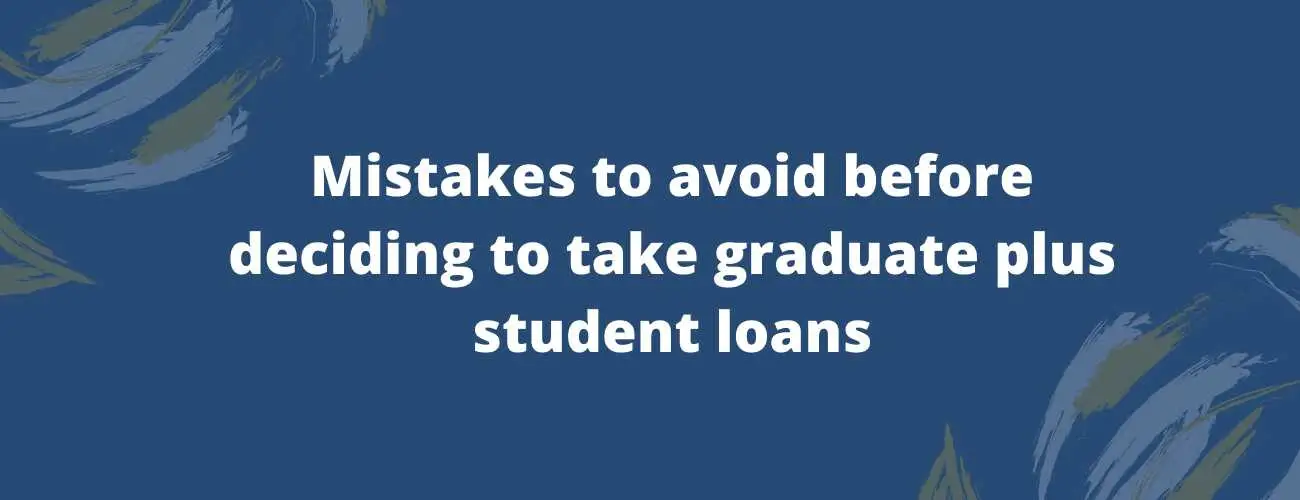PAYE vs REPAYE For Student Loans
Student loan repayment is an important phase for every borrower. For those interested in income-driven repayment plans PAYE and REPAYE are great options as they work based on your discretionary income. Learn more about PAYE and REPAYE and find the option best suited for you.
Updated by Annany Sah on 31st October 2021
PAYE and REPAYE are both an income-driven repayment program. Just the main difference which separates both of them from each other is that PAYE depends only on federal loans, and REPAYE is most associated with private loans. An income-driven repayment plan helps the person to repay the principal amount by capping 10% of the discretionary income, which gradually increases with the increase in income and the family size.
In PAYE, the amount is forgiven after 20 years of payment, whereas the REPAYE the amount is made into a monthly fee, and it increases or decreases according to the rise or fall in the income.
Table of content
- PAYE vs. REPAYE
- Loan forgiveness for PAYE and REPAYE
- Application for PAYE or REPAYE
- REPAYE is a better option than PAYE
- Points to note if you are switching from PAYE to REPAYE
PAYE vs. REPAYE
Both the Revised Pay as you earn and pay as you earn are the same because they are part of the same income-driven repayment plans, one of the caps about 10% of the discretionary income to pay off the interest amount. In contrast, the other does raise the monthly payment as the income increases, and that the reason the person can get close to forgiven payment.
In these income-driven payments, both of them differ from each other in some cases like in to qualify you to have to show some financial distress or ten years of a financial plan, whereas to be eligible for the REPAYE you don’t have to any kind of financial plan. The REPAYE Factor depends upon the income and your family size, and it increases.
| PAYE | REPAYE |
| Repayment plan of 20 years | Undergraduate - 20 years repayment plans; 25 years for graduates |
| 10% of discretionary income, but never beyond 10 years standard repayment plan amount | 10% of a discretionary amount of the borrower with no cap. Standard plan and have higher payments |
| Must produce partial financial hardship and own/or disbursed federal loans on or after Oct 2007 | Applicable to anyone qualifying for federal loans are eligible |
Student loan forgiveness for PAYE and REPAYE
PAYE and REPAYE help in decreasing monthly repayments. Forgiveness program is offered to borrowers of a specific profession like working in government organizations, teachers, nurses, and lawyers whose student rates are higher, leaving them with very little money to spend.
What to check before applying for a forgiveness loan
-
Consider going to a trustworthy operator to guide you with the process to apply. You are not charged any fees for enrolling in income-driven repayment that helps you get loan forgiveness.
-
For the disabled and public servants, the forgiveness program is being granted tax-free. If you are in an income-driven repayment program and later qualify for forgiveness, remember it is taxable.
-
If you decide to drop the IDR plan, considering the no tax benefits, unpaid interest will be added to your loan balance.
Deciding to apply for PAYE or REPAYE
Consider the following
-
Check which loan repayment option is more feasible for you.
-
Check the eligibility criteria without which applying for a loan will be rejected.
-
Contact loan servicer to apply for an income-driven repayment plan
-
Make payments on time so you can apply for loan forgiveness and other benefits offered.
-
Once applied for an income-driven repayment plan new monthly payments are to be made.
-
Renew your income annually.
REPAYE is a better option than PAYE
The Pay-as-you-Earn was introduced in 2011 by president Obama. Still, it had flaws in it because it was limited to William D Ford Direct Loans, Subsidised and Unsubsidised loans, Grad PLUS, Direct Consolidated loans, it was meant for only a single person with the hopes of getting a high paying job in the future.
The Obama government after 4 years unveiled another plan called Revised-Pay-as-you-Earn which was a million of students because it wasn’t limited by the direct loans or any types of loans, what it did was it withhold 10% of a person’s discretionary income to pay off the interest amount and had forgiveness for the due payment after the person had done about 20-25 years of payment.
Eligibility criteria for REPAYE
-
Direct Loans
-
Consolidated loans.
-
If you have a Parent PLUS loan, you cannot be eligible for REPAYE.
Advantages of REPAYE
-
REPAYE pays more benefits.
-
This can help prevent your loan balance from increasing and limit the total cost of your loans.
-
It helps you to pay the loan by repaying about 50% of the interest after the first three years.
Disadvantages of REPAYE
-
The Married filing separately loophole closed
-
The pay cap is gone.
Learn more about student loan repayment options
Points to consider if you are switching from PAYE to REPAYE
-
Monthly Repayment: If you are having trouble with the payment, then REPAYE can help in lowering the payment rate.
-
Income-Based Repayment: It is used to reach as many borrowers, which is based on the income of the individual.
-
Public Service Loan Forgiveness: REPAYE is eligible for PSLF(Public Service Loan Forgiveness) because it happens when a person has successfully made 120 consecutive payments the rest amount is forgiven
Both PAYE and REPAYE have their own specialty because they both are made for a separate purpose altogether. One is used for a single individual, and the other is used for two people, most likely for couples or people having a two-way income process. So, in my opinion, both are separately equal in this case, and you can choose either one of them. According to the situation, you can select where PAYE eligible loans are Direct subsidized and unsubsidized and Graduate Plus Loans, whereas REPAYE Eligible loans are Direct consolidate, Direct loans. Student loans are a great way to tackle the rise in tuition costs. It is advised to first exhaust yourself of all your federal student loan options before you explore private student loans.
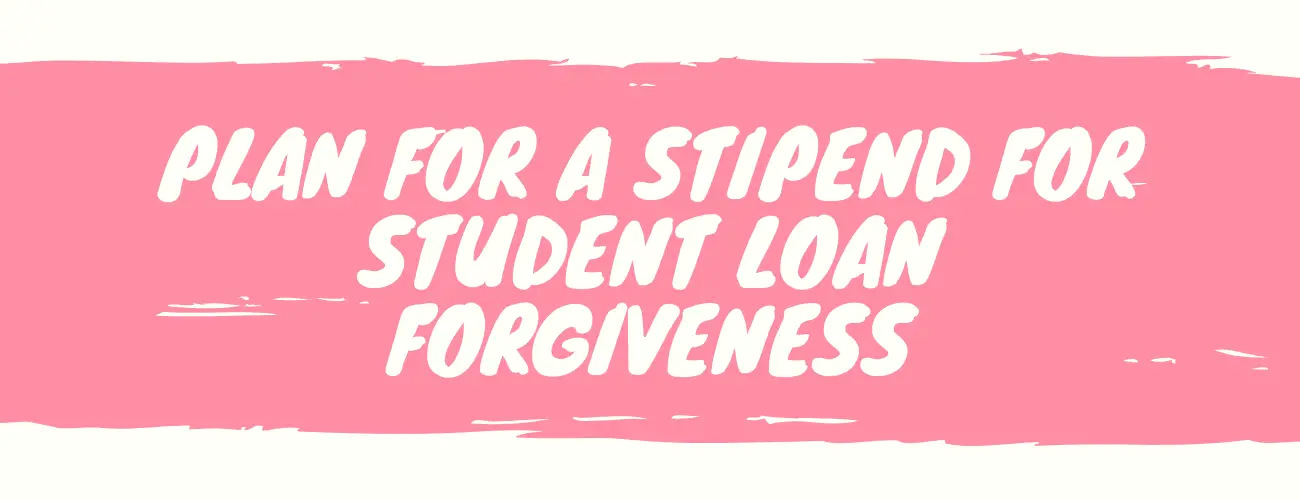
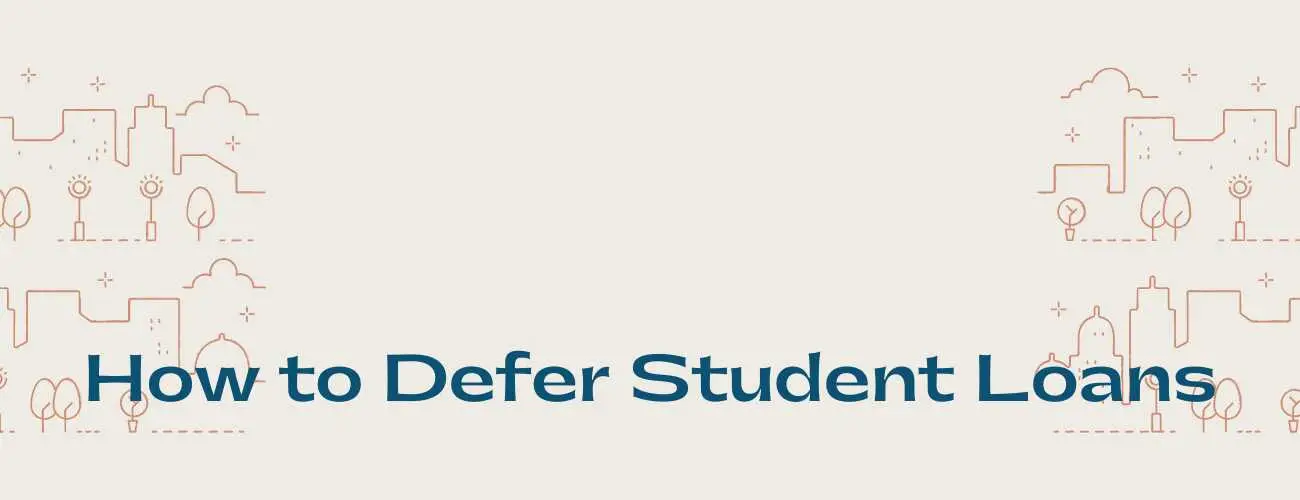
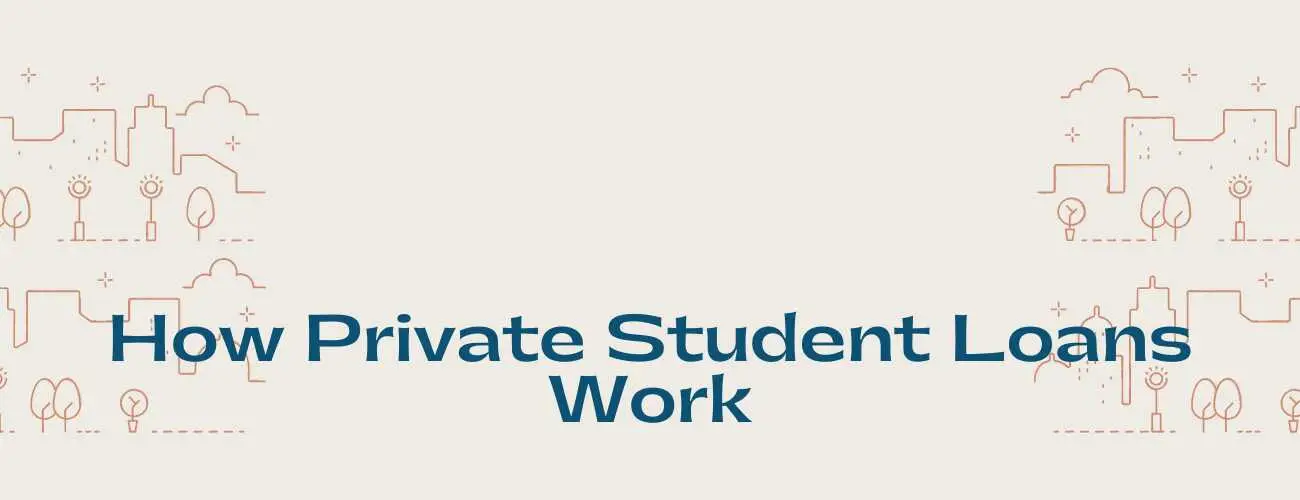
93.jpg)
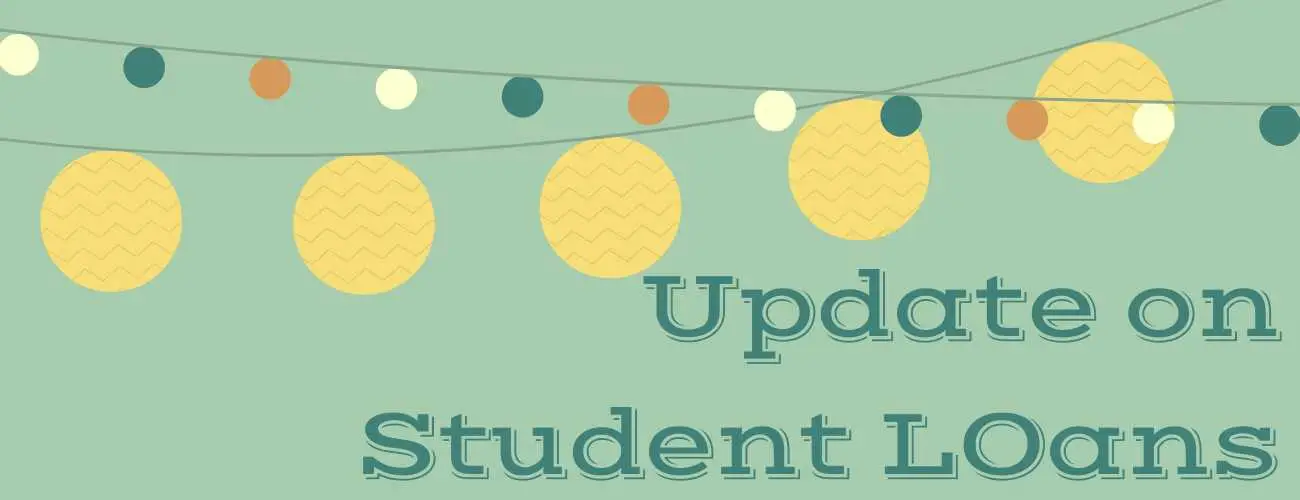

28.jpg)
